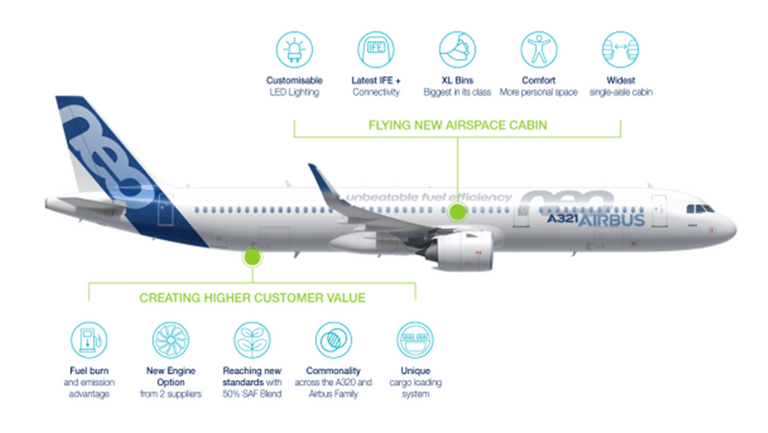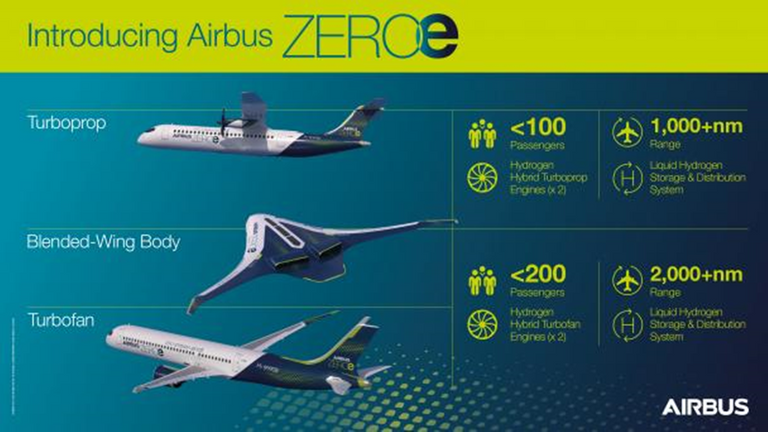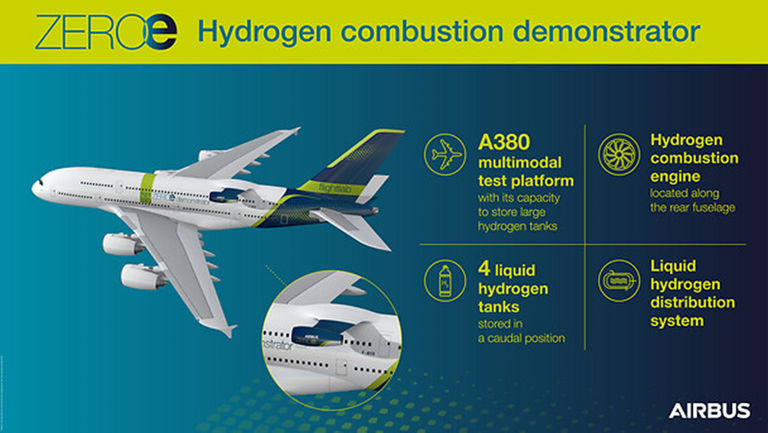In June 2022, together with other European aviation stakeholders, the European aeronautics industry committed to ensuring that air travel in Europe complies with the continent's 2050 climate goals. The Clean Aviation Program under Horizon Europe, carbon-pricing mechanisms (like EU ETS), and the Innovation Fund are just a few of the specific initiatives the Commission is taking to support this goal.
As a result of commitment, the Commission formally establishes the Alliance for Zero Emission Aviation and appeals to the aviation industry to work together to get ready for the arrival of zero emission aircraft. The Alliance for Zero Emission Aviation seeks to ensure that air travel helps Europe achieve its 2050 climate neutrality goal by preparing the aviation ecosystem for the use of electric and hydrogen-powered aircraft. Representatives from regulators, standardization and certification organizations, passenger and environmental interest groups, airlines, airports, energy providers, and aircraft manufacturers will attend.
In order to achieve net-zero emissions by the mid - century, numerous significant solutions are proposed and put into practice. One of the most influential airlines, Airbus, is regarded as a pioneer in this revolution. Some of its programs could be considered:
- Fleet renewal: A321neo, a new model from Airbus. One of many improvements made by Airbus to keep the A320 product line's lead as the most technologically advanced and fuel-efficient single-aisle aircraft family is NEO (new engine option). When compared to Airbus's earlier-generation aircraft, the A321neo, according to the company, saves 20 percent on fuel and emits 20 percent less CO2.

(Source: https://www.airbus.com/en/innovation/zero-emission/hydrogen/zeroe)
- Airbus’s ZERO Project: In September 2020, Airbus unveiled three new zero-emission concept aircraft types as part of the ZERO Project. In the years 2020-2025, it is investing hundreds of millions of euros. Hydrogen serves as the main power source for all of ZEROe's ideas. They are propelled by modified gas turbine engines that burn hydrogen. The fuel for combustion with oxygen is liquid hydrogen. In addition, electrical power produced by hydrogen fuel cells works in conjunction with the gas turbine to produce a highly effective hybrid-electric propulsion system. The advantages of each of these technologies are additive and complementary.
With the intention of testing hydrogen combustion technology on an A380 multimodal platform, we launched our ZEROe demonstrator in 2022. They also hope to create the first commercial zero-emission aircraft in the world by 2035.

(Source: https://www.airbus.com/en/innovation/zero-emission/hydrogen/zeroe)

(Source: https://www.airbus.com/en/newsroom/stories/2022-02-the-zeroe-demonstrator-has-arrived)
- Sustainable aviation fuel (SAF): is a tested alternative fuel that, when compared to conventional fuel, can cut lifecycle CO2 emissions by up to 85%. Airbus has been conducting test flights now and in the near future with the intention of having all Airbus aircraft certified to fly on SAF by the end of the decade. Even when hydrogen aircraft are available, SAF will still be used to power long-haul flights, and it emphasized the significance of moving toward Power-to-Liquid fuels made from renewable electricity.
Delivered SAF supply volumes are currently over 600 000 tonnes, with 330 million tonnes of SAF production capacity anticipated by 2050. The industry's ambition to achieve net-zero carbon emissions by 2050 will be supported by this objective, which will depend on incentives and long-term policies that promote SAF use.

(Source: https://www.airbus.com/en/sustainability/environment/climate-change/decarbonisation/sustainable-aviation-fuel)
Furthermore, in order to achieve net zero by 2050, The Commitment mentioned limits on passenger demand that will need to be taken into consideration. Especially in Sweden, where the flygskam (or flight shame) movement has started to change attitudes toward leisure flying, we are starting to observe development in this area (air traffic in Sweden was down by 5 percent and train passengers up by 8 percent the first quarter of this year). It is anticipated that similar changes in the business world, especially in light of the strong support for the net zero commitment from groups like CBI.
The Alliance will eventually fulfill its promise to bring the sector into line with the ambition, goals, and other pertinent policies of the EU on climate change. Since combating climate change requires a global effort, the sector's international component is also a significant factor.
Emissions reduction must be the driving force behind aviation's pandemic comeback if net-zero aviation is to become a reality.
Congratulations @afomonomad! You have completed the following achievement on the Hive blockchain and have been rewarded with new badge(s):
Your next target is to reach 400 upvotes.
You can view your badges on your board and compare yourself to others in the Ranking
If you no longer want to receive notifications, reply to this comment with the word
STOPCheck out the last post from @hivebuzz:
Support the HiveBuzz project. Vote for our proposal!
I am impressed by the new A321 Airbus, I'm used to using mobil hyjet iv-a+ so will be interesting these new fuel initiatives.